| Wednesday, November 13, 2019 | |
MEMS along the Value Chain |
|
| Chair |
Thomas Uhrmann, EVGroup
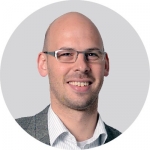
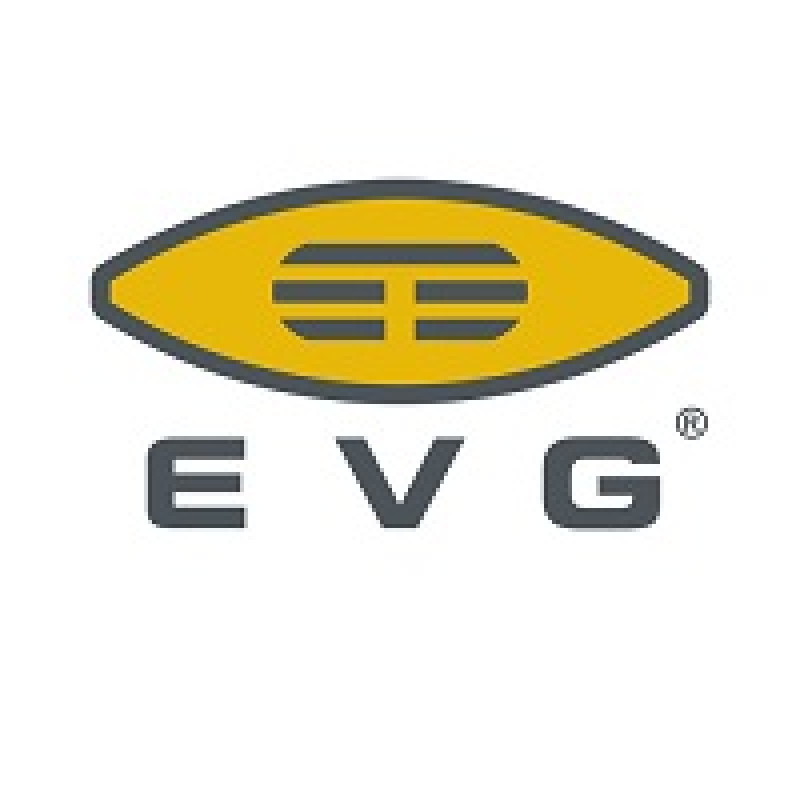 Biography |
| 14:00 | Introduction |
| 14:05 | Factors Affecting the Market Landscape for Sensors |
Noman Akhtar, Analyst - Industrial Semiconductors and Sensors, IHS Markit Factors Affecting the Market Landscape for Sensors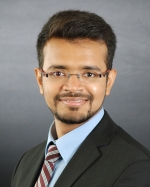
 Abstract Biography |
|
| 14:25 | A Roadmap for the future inline control and yield management in MEMS production |
Ines Thurner, CEO, Convanit GmbH&Co.KG A Roadmap for the future inline control and yield management in MEMS production
 Abstract Biography |
|
| 14:45 | Pushing the Limits: Recent Advancements in the Optical Characterization of MEMS Devices |
Markus Heilig, Polytec GmbH Pushing the Limits: Recent Advancements in the Optical Characterization of MEMS Devices
 Abstract Biography |
|
| 15:05 | Thermal Treatments in MEMS Fabrication:Challenges and Benefits of Rapid Thermal Processing (RTP) |
Juergen Niess, Director Technology, HQ-Dielectrics GmbH Thermal Treatments in MEMS Fabrication:Challenges and Benefits of Rapid Thermal Processing (RTP)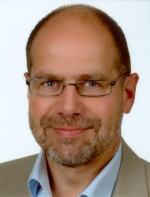
 Abstract Biography |
|
| 15:25 | New technology for inhalers and sprays for a healthier world |
Wietze Nijdam, Technology Manager, Medspray BV New technology for inhalers and sprays for a healthier world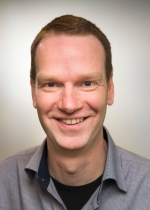
 Abstract Biography |
|
| 15:45 | Cutting-edge Plasma Dicing for wafer singulation applied to MEMS devices |
James Weber, Business Development Manager, Panasonic Industry Europe GmbH Cutting-edge Plasma Dicing for wafer singulation applied to MEMS devices
 Abstract Biography |
|
| 16:05 | Advanced black resist processing and optimized lithographic patterning for novel optical MEMS devices |
Bozena Matuskova, Evg Advanced black resist processing and optimized lithographic patterning for novel optical MEMS devices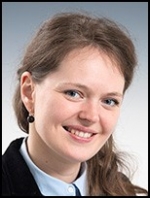
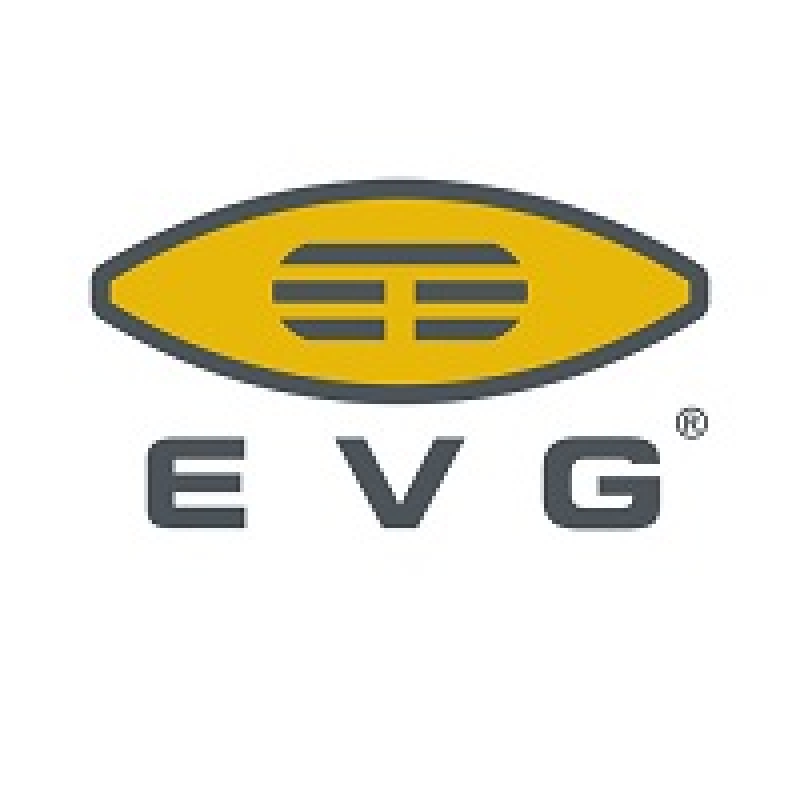 Abstract Biography |
|
| 16:25 | Closing Remarks & End |